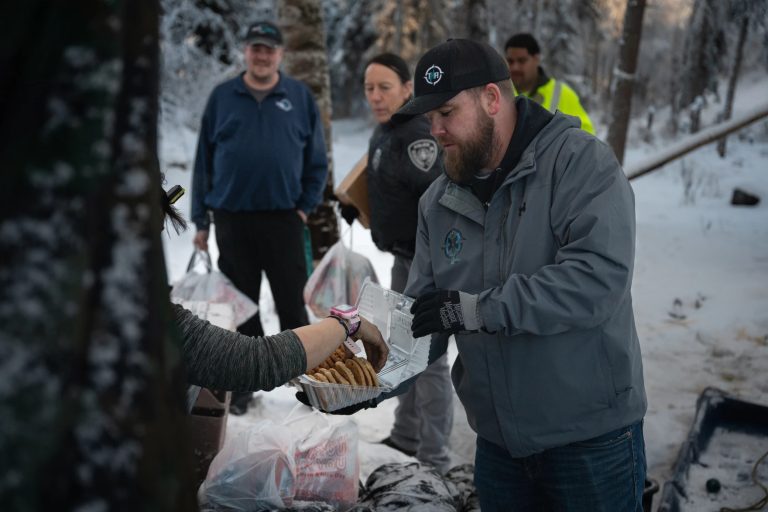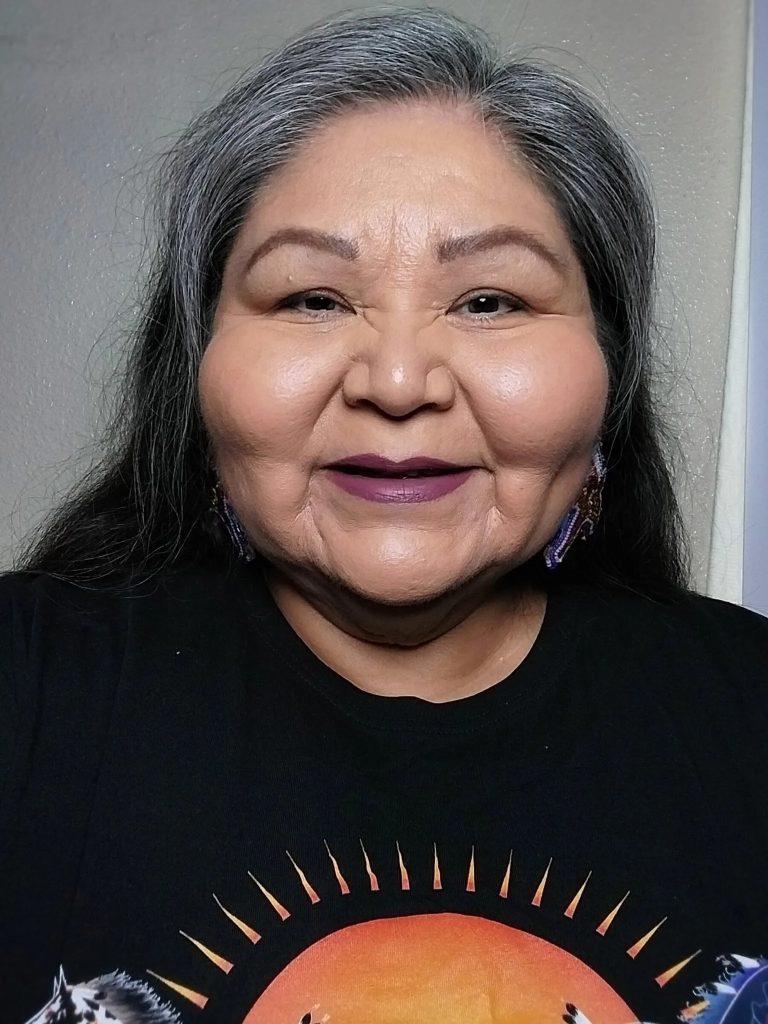Podcast: Play in new window | Download | Embed
Last week, the U.S. District Court for the District of Alaska granted the Alaska Federation of Natives (AFN)’s motion to intervene in U.S. v. Alaska, the latest case challenging Katie John.
AFN President Julie Kitka: “This is a welcomed ruling. AFN has a special place in this litigating—dating all the way back to the Alaska Native Claims Settlement Act and Alaska National Interest Lands Conservation Act—and culminating most recently in Sturgeon. We’ll defend the legal rights of Alaska Natives to engage in subsistence hunting and fishing anytime our ways of life are threatened.”
According to AFN, U.S. V. Alaska began in 2021 when the State of Alaska refused to honor U.S. Fish and Wildlife subsistence management decisions on the Kuskokwim River.
AFN goes on to say it increased rapidly in 2022 when the State, again, refused to abide by federal closures regarding salmon fishing along certain parts of the Yukon-Kuskokwim Delta.
In a statement, AFN Co-Chair Ana Hoffman said, “This federal protection for rural Alaskans, secured by Alaska Native leaders decades ago, is the source of our nourishment physically, emotionally, culturally, and spiritually. This is our way of life; it is our existence.”
AFN predicts that U.S. v. Alaska will make its way to the U.S. Supreme Court.
 Friday, you heard about the Pyramid Lake Paiute Tribe’s efforts to recover an endangered fish by modifying a 100-year-old diversion dam.
Friday, you heard about the Pyramid Lake Paiute Tribe’s efforts to recover an endangered fish by modifying a 100-year-old diversion dam.
In part two of his report, the Mountain West News Bureau’s Kaleb Roedel has more on why the tribe’s fish passage project is more urgent than ever.
Shiva Sundaresan is deputy director of the U.S. Fish and Wildlife Service and attended the project’s groundbreaking.
He says dams aren’t the only obstacles fish populations like Cui-ui and Lahontan Cutthroat Trout have to overcome.
“As climate changes in places we’re seeing changes in snowpack, changes in the timing of when you have snow melt, changing water temperatures, all of that is definitely affecting fish populations, fish habitat.”
He says that’s why the fish passage project at Numana Dam is one of dozens nationwide receiving federal funding.
“The more, I think, we can restore these ecosystems, allow fish to migrate up and down the streams, have habitat where they can find refuge when water temperatures rise, the better we will be at protecting and restoring, conserving these fish populations.”
At the Pyramid Lake Paiute Reservation, the underwater ramp will allow up to 600,000 Cui-ui to swim over the diversion dam to new spawning grounds.
Lisa Heki is a Reno-based project leader with the U.S. Fish and Wildlife Service.
“Historically, they move in large numbers at the same time, and they back up behind this current design. Now, with this gradient structure downstream, it’s designed specifically for Cui-ui swimming capacity and speed.”
She says when river flows go down this fall, construction of the ramp will speed up.
The tribe is putting the project out for a construction bid and a third-party contractor will build it.
Tribal Chairman James Phoenix says the Pyramid Lake Paiute Tribe is excited to finally see shovels break ground on a decades-long effort to recover their Native fish.
“It’s historical. It’s big for us and it’s part of our existence. It signifies us as Numu people here at the Pyramid Lake Paiute Tribe.”
He adds he’s looking forward to the day when the Cui-ui population is big enough for tribal members to catch, fillet, and eat them once again.
Get National Native News delivered to your inbox daily. Sign up for our newsletter today.



